Developing the research from the previous blogpost, I have been exploring artist interventions into archives; why and how this is done. Tony Oursler’s The Imponderable Archive (2016), displays Oursler’s own collection of more than 2,500 objects. This is interesting in relation to auto-ethnology as we an audience can wander around this exhibition drawing up hypotheses around Oursler and his work; objects coming together to offer a narrative of both person and time. I like how the most random of items can connect by a collector giving them agency and a reason to look deeper. The Ghost of Transformation, seen in Assign and Arrange: Methodologies of Presentation in Art and Dance, is an essay exploring curatorial decisions and documentation within the overlaps of art and dance. I am in an experience, an experience is being in the midst of things; how do we summarise this notion to both passive and participatory audiences?

screenshot of Adrian Heathfield’s website: https://www.adrianheathfield.net/project/writing-not-yet-thought
I thought this was an interesting talk when considering literature, especially poetry, as a way of documenting anthropological research. This is something Prof Jonathan Gardner mentioned in his lecture about contemporary archaeology and art, and something I included in my research poster in week 9. Eco poetry is a genre where writers react to the world around them, with arising themes of climate change and the anthropocene. I like how this mode of documentation can be meaningful and contain a degree of knowledge on a difficult subject in a way that everyone can get something out of it.
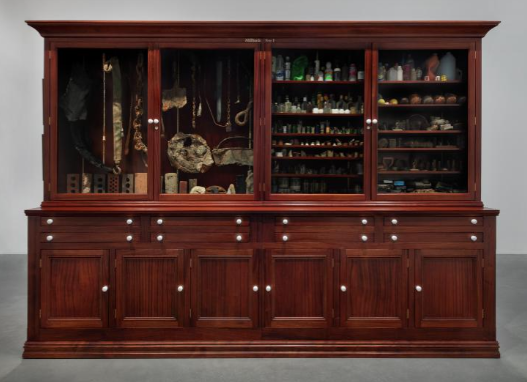
Tate Thames Dig, Mark Dion. 1999. TATE
The above piece by Mark Dion depicts a cabinet of finds, found by Dion and a team of volunteers, from the Thames at Millbank and Bankside. This reminds me of the current archival show at Embassy called The rich Compost. The below image shows a commission for this exhibition by Lorenzo Rangoni Robertson. Both of these works delve into the nature of collecting and more specifically galleries and museums role in collecting and acquiring work.

I have chosen a similar approach in a research proposal as I plan to enter a museum to renegotiate its content and archive under current global issues of climate change and mass extinction. Reflecting on the research on the Atelier series, I wish to develop this further with mixes of my current art practice that explores science fiction’s input into current ecological events.
I am finding the openness of the research proposal challenging, trying to contain it into something admissible. I feel I have a lot of ideas but struggle to put them on paper in a way that will be easily deciphered by others. Continuing the research into my idea, especially finding artists that relate to this, allows for it to become gradually narrower so a clear path of inquiry can be formed.
A book I have recently ascertained, Art in Action: Nature, Creativity and our Collective Future, examines artist practices who fall under these themes of environment and its ecosystems.

Reclamation. Shana and Robert ParkeHarrison. 2003. Photogravure.
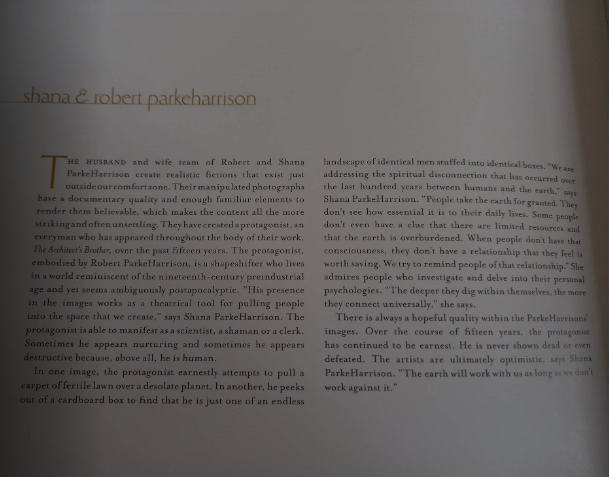
Episode 4 of the Serpentine Galleries REWORLDING podcast, centres around what we can learn from ecosystems and in what ways regeneration can help us think towards the future. Here, Dr Alexandra Daisy Ginsberg talks about her work Pollinator Pathmaker, website and artwork, that is intended for wildlife. We can design our own gardens and see how various pollinators see and use the garden. making the worlds largest climate positive artwork and to think about how an artwork is not a single object but can be a living network that requires people, humans, to become caretakers of art, not consumers- Alexandra Daisy Ginsberg, Reworlding podcast, Serpentine, 2023.
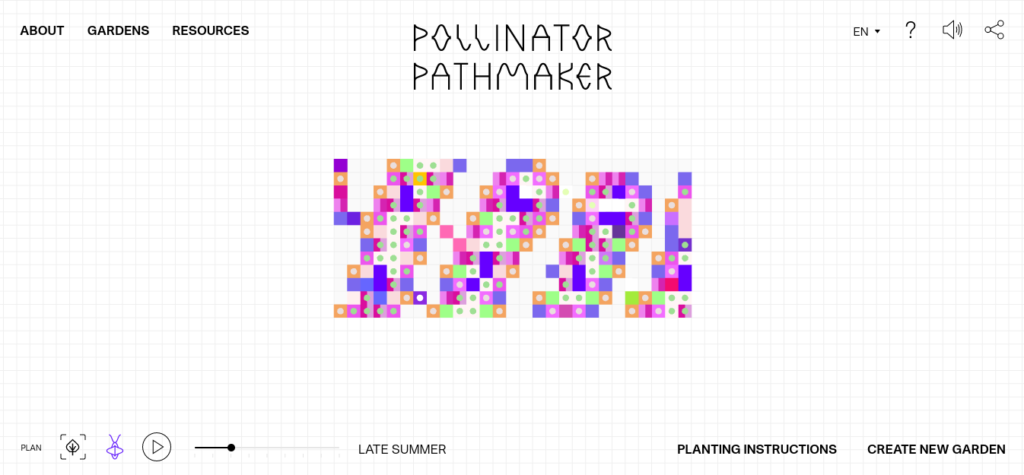
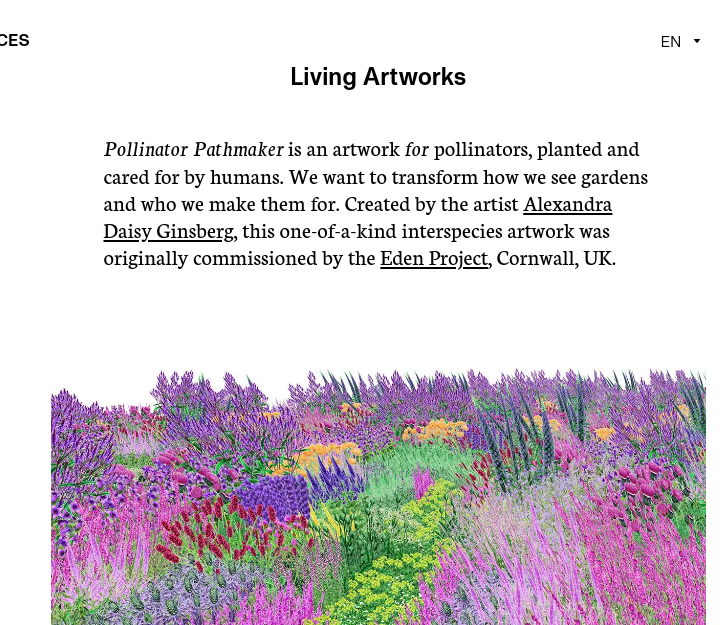
A talk I attended at Tate Modern earlier this year included Alexandra Daisy Ginsberg, who summarised her research in a practice share reacting to the work of Cezanne.
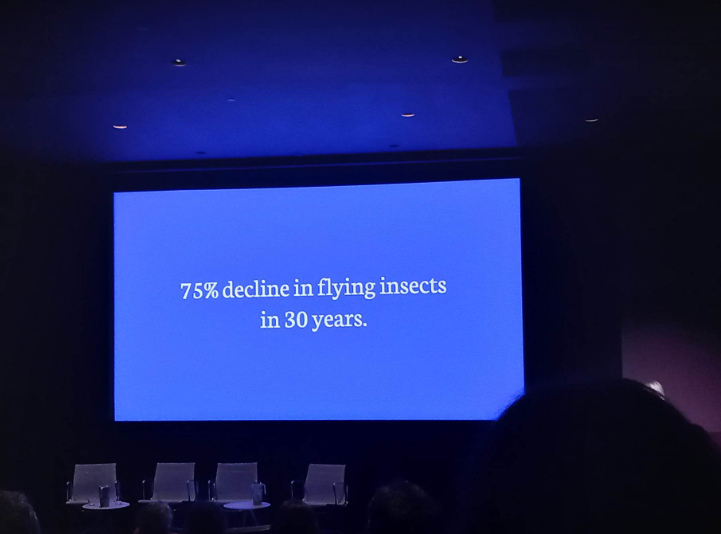
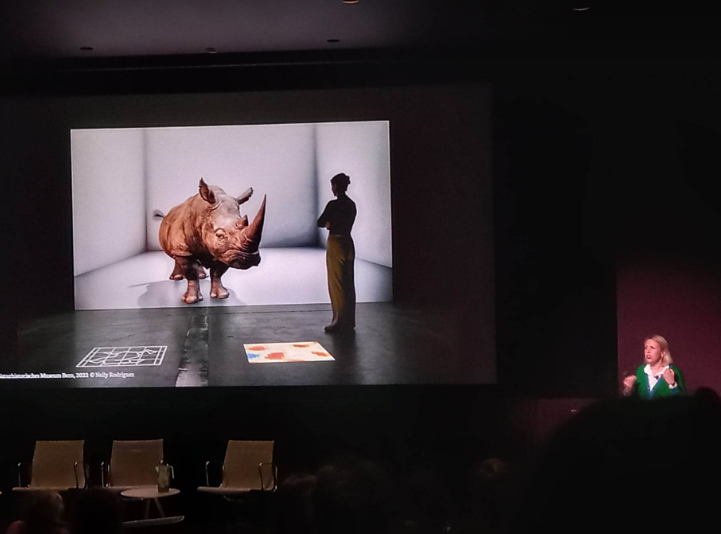
The above image shows The Substitute, 2019, an AI generated work shown at the Natural History Museum, Bern. This work explores our relationship to animals and how human impact can impair this relationship; AI interventions as human impact that tries to inquire about ethical decisions around mass extinction and regeneration. In The Postmodern Animal, Steve Baker contemplates the privilege visual art has over literature and philosophy in terms of depicting an encounter between human and postmodern animal, the question of the ‘space’ (literal or metaphoric) of the encounter, the confrontation, is an insistent one, and one which is perhaps most readily illustrated in relation to three-dimensional work. I think this is especially true of Alexandra Daisy Ginsberg’s work where audiences become complicit in this confrontation, not only with the rhino but what the rhino represents more widely.
visualisation of the proposal below:
Link to board: https://www.canva.com/design/DAFhJAm93iI/RloZVDgKYaG8B3KKWGXJ2A/edit?utm_content=DAFhJAm93iI&utm_campaign=designshare&utm_medium=link2&utm_source=sharebutton



Leave a Reply